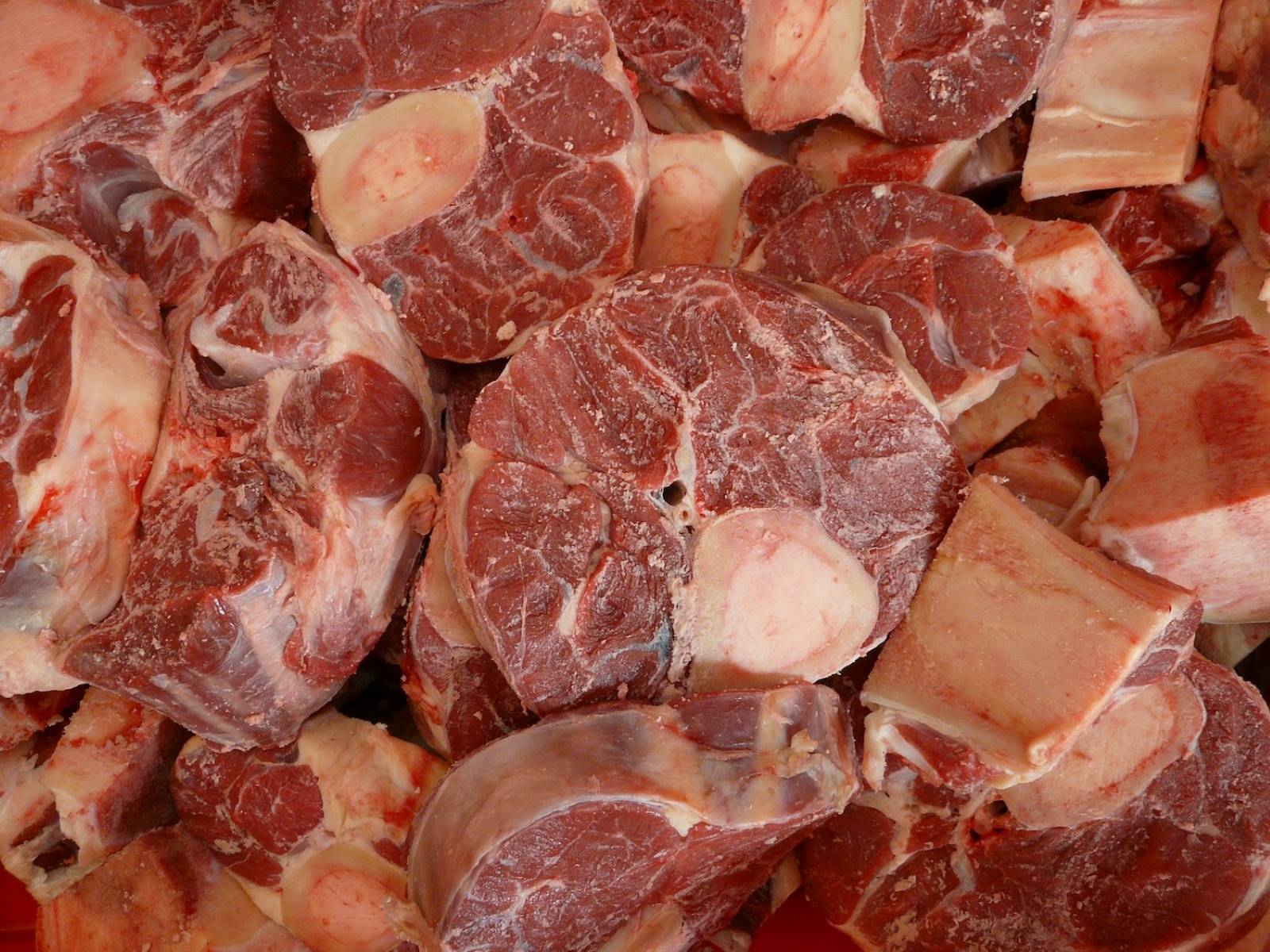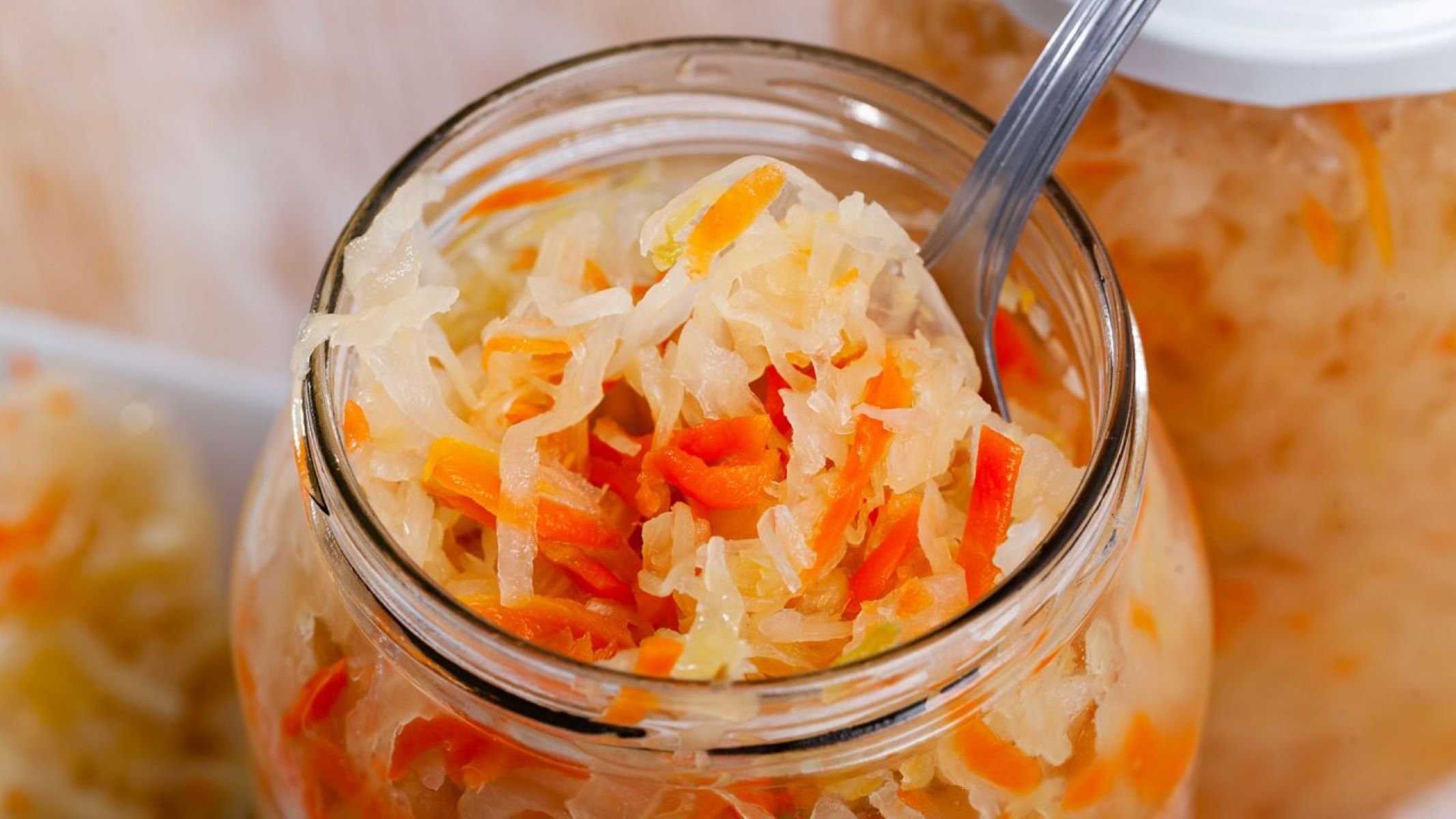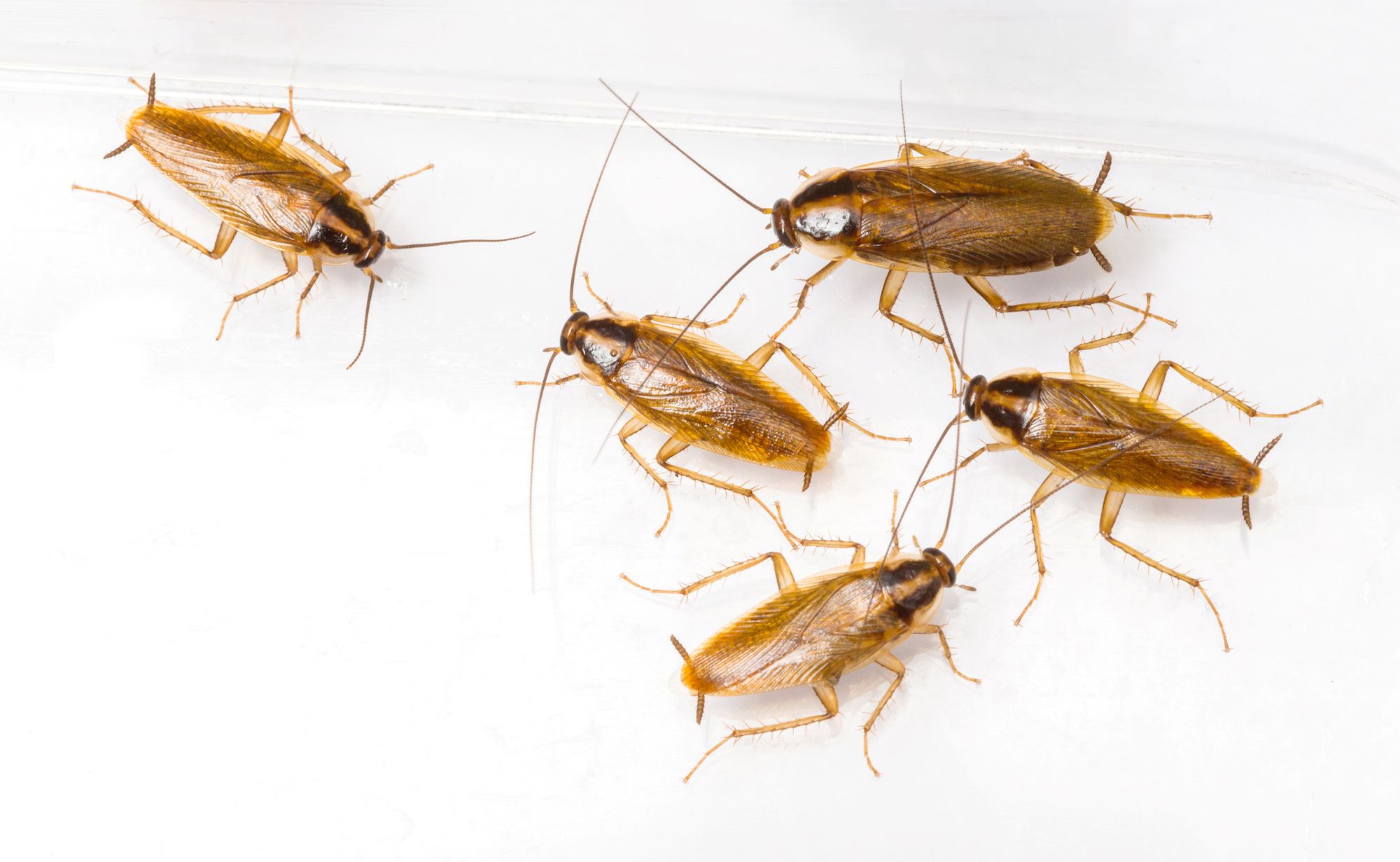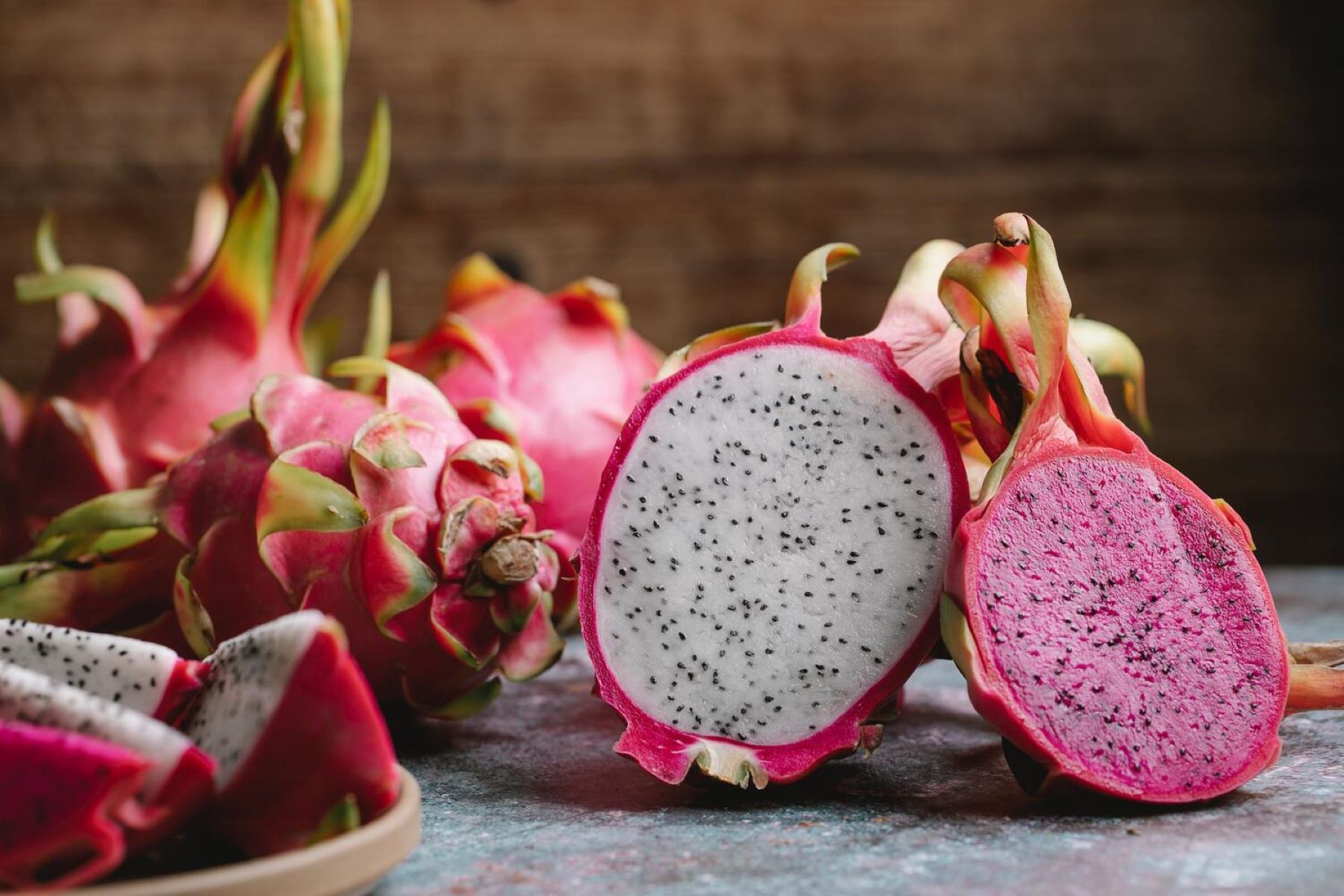Home>Food and Cooking>Ingenious Ways To Preserve Meat Without A Fridge


Food and Cooking
Ingenious Ways To Preserve Meat Without A Fridge
Published: February 15, 2024
Discover ingenious ways to preserve meat without a fridge with our expert tips and techniques. Learn essential food and cooking preservation methods today!
(Many of the links in this article redirect to a specific reviewed product. Your purchase of these products through affiliate links helps to generate commission for Regretless.com, at no extra cost. Learn more)
Introduction
Preserving meat without the convenience of a refrigerator is an age-old practice that has been perfected by various cultures around the world. Before the advent of modern refrigeration, people relied on ingenious methods to ensure that meat stayed edible for extended periods. These methods not only preserved the meat but also enhanced its flavor and texture, creating a diverse array of culinary delights.
In this article, we will explore the fascinating world of meat preservation techniques that have stood the test of time. From curing and smoking to salting and drying, each method offers a unique approach to extending the shelf life of meat while infusing it with distinctive flavors and aromas. As we delve into these time-honored practices, you will discover the artistry and resourcefulness that our ancestors employed to sustain themselves through the seasons.
Join us on a journey through the annals of culinary history as we uncover the secrets of preserving meat without a fridge. Each method holds its own allure, offering a glimpse into the rich tapestry of human ingenuity and culinary traditions. Whether you are a seasoned food enthusiast or a curious explorer of gastronomic wonders, the world of meat preservation is sure to captivate your senses and ignite your imagination.
Let's embark on this savory expedition, where tradition and innovation converge to celebrate the art of preserving meat in ways that transcend time and technology. Get ready to savor the aroma of smoked delicacies, savor the rich flavors of cured meats, and unravel the timeless wisdom of preserving meat without the aid of modern refrigeration.
Curing
Curing is a time-honored method of meat preservation that involves the use of salt, sugar, and often a combination of herbs and spices to enhance flavor and prolong shelf life. This technique not only inhibits the growth of bacteria but also draws out moisture from the meat, creating an inhospitable environment for spoilage organisms. As a result, the meat becomes more concentrated in flavor and acquires a firm texture that is characteristic of cured products.
The process of curing typically begins with the selection of high-quality meat, such as pork, beef, or poultry. The meat is carefully trimmed and then coated with a mixture of salt and sugar, known as the curing blend. This blend acts as a preservative by dehydrating the meat and inhibiting the growth of harmful microorganisms. In addition to salt and sugar, various seasonings such as black pepper, garlic, and juniper berries can be added to impart unique flavors to the cured meat.
After the initial application of the curing blend, the meat is placed in a controlled environment to allow the flavors to develop and the curing process to take effect. This can be achieved through methods such as dry curing, where the meat is coated with the curing blend and then hung in a cool, dry place, or wet curing, which involves submerging the meat in a brine solution. Both methods result in the gradual transformation of the meat, yielding a product that is rich in flavor and has an extended shelf life.
One of the most renowned examples of cured meat is bacon, which undergoes a curing process that imparts its distinctive smoky and savory profile. Similarly, ham, pastrami, and prosciutto are beloved delicacies that owe their exceptional flavors to the art of curing. Each variety of cured meat reflects the unique traditions and culinary expertise of the cultures that have perfected the craft of preservation through curing.
In addition to its preservative properties, curing is celebrated for its ability to elevate the sensory experience of meat. The infusion of seasonings and the gradual dehydration of the meat result in a product that is not only shelf-stable but also bursting with complex flavors and aromas. Whether enjoyed on its own or incorporated into a range of culinary creations, cured meat stands as a testament to the artistry and ingenuity of traditional preservation methods.
As we continue our exploration of meat preservation techniques, the art of curing emerges as a timeless practice that has shaped the culinary landscape for generations. Its ability to transform humble cuts of meat into prized delicacies is a testament to the enduring allure of traditional preservation methods. In the next section, we will delve into the captivating world of smoking, where the alchemy of wood and fire imparts a smoky essence to meat, enriching its character and infusing it with a tantalizing aroma.
Smoking
Smoking meat is a revered culinary tradition that not only preserves the meat but also imparts it with a distinctive smoky flavor that tantalizes the taste buds. This time-honored method involves the exposure of meat to the smoke produced by burning wood, resulting in a transformation that elevates its sensory appeal.
The process of smoking meat begins with the selection of high-quality cuts, such as pork, beef, or poultry, that are ideally suited for this preservation technique. The meat is carefully seasoned with a blend of herbs, spices, and salt to enhance its flavor profile and prepare it for the smoking process. Once seasoned, the meat is exposed to the gentle embrace of aromatic wood smoke, which infuses it with a rich, smoky essence that defines the art of smoking.
Various types of wood are used for smoking, each contributing its own unique aroma and flavor to the meat. For example, hickory wood imparts a robust and slightly sweet flavor, while mesquite wood adds a bold, earthy dimension to the meat. The choice of wood influences the character of the smoked meat, offering a diverse range of flavor profiles to suit different culinary preferences.
The smoking process is a delicate balance of time, temperature, and technique, as the meat slowly absorbs the aromatic compounds present in the wood smoke. This gradual infusion of flavor results in a product that is not only preserved but also enriched with a complex interplay of smokiness and natural meat flavors. Whether it's the succulent tenderness of smoked ribs or the savory depth of smoked brisket, the art of smoking elevates meat to new heights of culinary delight.
Beyond its preservative and flavor-enhancing qualities, smoking meat holds a revered place in culinary traditions around the world. From the savory allure of smoked sausages to the irresistible aroma of smoked salmon, this method of preservation has given rise to a diverse array of beloved delicacies that captivate the senses and celebrate the artistry of smoking.
As we savor the enticing aroma and rich flavors of smoked meat, we are reminded of the timeless appeal of this preservation technique. Its ability to transform ordinary cuts of meat into extraordinary culinary delights is a testament to the enduring legacy of smoking, where the alchemy of wood and fire converges to create a symphony of flavors that transcends time and tradition.
Salting
Salting, an ancient method of meat preservation, has been employed by diverse cultures for centuries to extend the shelf life of meat without the need for refrigeration. This technique involves the application of salt to the meat, which serves to draw out moisture, inhibit bacterial growth, and impart a savory flavor to the preserved product.
The process of salting begins with the careful selection of fresh meat, which is then generously coated with salt to ensure thorough preservation. The salt acts as a desiccant, drawing moisture from the meat and creating an environment that is inhospitable to spoilage organisms. Additionally, salt inhibits the growth of bacteria, effectively preserving the meat and extending its edibility.
There are two primary methods of salting: dry salting and brine salting. Dry salting involves directly applying salt to the surface of the meat and allowing it to penetrate the flesh, while brine salting entails submerging the meat in a saltwater solution. Both methods result in the dehydration of the meat, effectively preserving it for long periods.
The art of salting not only ensures the longevity of meat but also enhances its flavor profile. As the salt penetrates the meat, it imparts a savory taste that intensifies over time. This process of flavor infusion creates a unique depth of taste that distinguishes salted meat from its fresh counterpart.
Throughout history, salted meat has been a staple provision for long sea voyages, arduous journeys, and periods of scarcity. Varieties of salted meat, such as salt-cured bacon, salted beef, and salted fish, have sustained communities and explorers through challenging times, demonstrating the enduring value of this preservation method.
The allure of salted meat lies not only in its practicality but also in its culinary versatility. Whether incorporated into hearty stews, soups, or casseroles, salted meat adds a rich, savory dimension to a wide range of dishes. Its distinct flavor and extended shelf life make it a valuable ingredient in traditional and contemporary cuisines alike.
In today's culinary landscape, the art of salting continues to be celebrated, with chefs and home cooks alike embracing this time-honored preservation technique. From the smoky allure of salt-cured ham to the robust flavor of salted beef, the tradition of salting meat endures as a testament to the ingenuity and resourcefulness of humankind in the quest to preserve and savor the bounty of the earth.
Drying
Drying, also known as dehydration, is a method of meat preservation that harnesses the power of air and time to remove moisture from the meat, inhibiting the growth of bacteria and extending its shelf life. This age-old technique has been practiced across diverse cultures, offering a simple yet effective means of preserving meat without the need for refrigeration.
The process of drying meat begins with the careful selection of lean cuts, such as beef, venison, or poultry, that are ideally suited for dehydration. The meat is thinly sliced to facilitate the removal of moisture and then seasoned with a blend of herbs, spices, and salt to enhance its flavor profile. Once prepared, the meat is exposed to air in a controlled environment, allowing the natural process of evaporation to gradually dehydrate the flesh.
Traditional methods of drying meat often involve hanging the slices in a well-ventilated area, where they are exposed to gentle air circulation and low humidity. This gradual drying process results in the reduction of moisture content, effectively inhibiting the growth of spoilage organisms and preserving the meat for extended periods. In some cultures, drying meat in the sun is a common practice, harnessing the natural warmth and airflow to achieve dehydration.
The art of drying meat not only extends its shelf life but also intensifies its flavor, creating a concentrated and savory product. The gradual removal of moisture enhances the natural richness of the meat, resulting in a texture that is chewy and robust, with a depth of flavor that is unique to dried meat. Whether it's the smoky allure of beef jerky or the savory tang of biltong, dried meat offers a sensory experience that is both satisfying and enduring.
In addition to its practicality as a preservation method, dried meat holds cultural significance and culinary versatility. From the Native American tradition of pemmican to the South African delicacy of droëwors, dried meat has been a staple provision for nomadic tribes, explorers, and communities seeking sustenance during long journeys and harsh environments.
As we celebrate the art of drying meat, we honor the resourcefulness and ingenuity of our ancestors, who relied on this timeless preservation technique to sustain themselves through the seasons. The enduring appeal of dried meat lies in its simplicity and the rich sensory experience it offers, reflecting the harmonious relationship between nature, tradition, and the culinary arts.
Fermenting
Fermenting, a time-honored method of meat preservation, involves the transformation of meat through the action of beneficial bacteria and yeasts. This process not only preserves the meat but also imbues it with complex flavors and textures that are revered in culinary traditions around the world.
The art of fermenting meat begins with the selection of high-quality cuts, such as pork or beef, that are suitable for this preservation technique. The meat is carefully prepared and then subjected to a controlled fermentation process, where beneficial microorganisms, such as lactic acid bacteria, initiate a cascade of biochemical transformations.
During fermentation, the microorganisms present on the meat multiply and produce lactic acid, which lowers the pH of the meat and creates an environment that inhibits the growth of harmful bacteria. This natural preservation method effectively extends the shelf life of the meat while enhancing its flavor and texture.
One of the most renowned examples of fermented meat is salami, a beloved delicacy that embodies the artistry of fermentation. Through the careful combination of meat, salt, and seasonings, and the transformative action of beneficial microorganisms, salami acquires its distinctive tangy flavor and a complex aroma that evolves during the fermentation process.
The fermentation process not only preserves the meat but also imparts it with a unique sensory profile that sets it apart from other preservation methods. The interplay of flavors and textures that develop during fermentation creates a product that is rich, savory, and deeply satisfying, making fermented meat a prized delicacy in culinary traditions across cultures.
Beyond its preservative and flavor-enhancing qualities, fermented meat holds a revered place in culinary traditions around the world. From the tangy allure of fermented sausages to the rich complexity of fermented hams, this method of preservation has given rise to a diverse array of beloved delicacies that captivate the senses and celebrate the artistry of fermentation.
As we savor the enticing flavors and textures of fermented meat, we are reminded of the timeless appeal of this preservation technique. Its ability to transform ordinary cuts of meat into extraordinary culinary delights is a testament to the enduring legacy of fermentation, where the alchemy of beneficial microorganisms converges to create a symphony of flavors that transcends time and tradition.
Potting
Potting, a traditional method of meat preservation, has been practiced for centuries, offering a unique approach to extending the shelf life of meat without the need for refrigeration. This time-honored technique involves encasing cooked meat in a layer of fat or airtight seal, creating an environment that protects the meat from spoilage while allowing it to develop rich and nuanced flavors.
The process of potting begins with the selection of tender cuts of meat, such as poultry or game, which are then cooked to perfection. The cooked meat is then finely minced or shredded and seasoned with a blend of herbs, spices, and aromatics, adding layers of complexity to its flavor profile. Once seasoned, the meat is carefully packed into earthenware pots or containers, creating a tightly packed layer that is then sealed with a generous coating of melted fat.
The layer of fat serves as a protective barrier, shielding the meat from exposure to air and inhibiting the growth of bacteria. This sealing process effectively preserves the meat, allowing it to develop a depth of flavor and tenderness over time. As the meat matures within the pot, the flavors meld and intensify, resulting in a product that is rich, savory, and exquisitely nuanced.
One of the most iconic examples of potted meat is rillettes, a beloved French delicacy that embodies the artistry of potting. Traditionally made with pork, duck, or rabbit, rillettes are a luxurious spread that showcases the transformative power of potting. The slow cooking and potting process infuse the meat with a decadent richness, creating a velvety texture and a symphony of flavors that unfold with each indulgent bite.
Beyond its preservative qualities, potted meat holds a revered place in culinary traditions, offering a luxurious and indulgent experience. Whether enjoyed as a spread on crusty bread or incorporated into gourmet recipes, potted meat exudes a timeless elegance and a depth of flavor that reflects the artistry and ingenuity of traditional preservation methods.
As we savor the sumptuous flavors and velvety textures of potted meat, we are reminded of the enduring appeal of this preservation technique. Its ability to transform humble cuts of meat into decadent delicacies is a testament to the timeless allure of potting, where the alchemy of slow cooking and sealing creates a symphony of flavors that transcends time and tradition.
Canning
Canning, a revered method of preserving meat, has stood the test of time as a reliable and versatile technique for extending the shelf life of perishable foods. This time-honored practice involves sealing cooked meat in airtight containers, such as glass jars or metal cans, and subjecting them to heat to destroy any remaining microorganisms. The sealed containers prevent recontamination, ensuring that the meat remains safe for consumption over extended periods.
The process of canning begins with the meticulous preparation of the meat, which is cooked to the appropriate temperature to ensure food safety. The cooked meat is then packed into sterilized jars or cans, along with any desired seasonings or sauces. Once sealed, the containers are subjected to heat in a process known as "processing," which varies based on the type of meat and the canning method employed.
There are two primary methods of canning: boiling water bath canning and pressure canning. Boiling water bath canning is suitable for high-acid foods, such as pickled meats or certain types of sausages, and involves submerging sealed jars in boiling water for a specified period. Pressure canning, on the other hand, is essential for low-acid foods, including most meats, and requires the use of a pressure canner to achieve the high temperatures necessary to eliminate harmful bacteria.
The canning process effectively preserves the meat by creating a hermetic seal that prevents the entry of air and microorganisms. As a result, the meat retains its flavor, texture, and nutritional value, making it a convenient and reliable source of sustenance. Canned meat offers a versatile ingredient for a wide range of culinary creations, from hearty stews and casseroles to quick and convenient protein sources for meals.
Beyond its practicality, canning has played a crucial role in food preservation, particularly in times of scarcity or during long journeys. The ability to store meat safely for extended periods has been a boon to explorers, travelers, and communities facing food shortages. Canning has provided a means of ensuring food security and sustenance in challenging circumstances, underscoring its enduring value in human history.
As we celebrate the art of canning, we recognize its profound impact on food preservation and its role in shaping culinary traditions. The ability to savor the flavors of well-preserved meat, made possible through the art of canning, reflects the ingenuity and resourcefulness of humankind in the quest to sustain and nourish themselves through the ages.
Conclusion
The art of preserving meat without a fridge encompasses a rich tapestry of time-honored techniques that have sustained communities, enriched culinary traditions, and celebrated the resourcefulness of humankind. From the savory allure of cured meats to the smoky essence of smoked delicacies, each preservation method offers a glimpse into the ingenuity and creativity of our ancestors. The enduring appeal of these techniques lies not only in their practicality but also in the sensory experiences they impart, elevating humble cuts of meat into cherished delicacies.
As we journey through the annals of culinary history, we encounter the transformative power of preservation methods such as curing, smoking, salting, drying, fermenting, potting, and canning. Each technique reflects the cultural diversity and culinary expertise of the societies that have refined these practices over generations. Whether it's the tangy tang of fermented sausages, the velvety richness of potted meats, or the convenience of canned provisions, the art of preserving meat without a fridge resonates with the timeless pursuit of sustenance and culinary excellence.
Furthermore, these preservation methods have transcended practicality to become integral components of cultural identity and culinary heritage. They have sustained communities through periods of scarcity, provided nourishment during long journeys, and enriched the sensory experiences of everyday meals. The flavors and textures that emerge from these preservation techniques tell stories of resilience, creativity, and the harmonious relationship between nature and human ingenuity.
In today's world, where modern refrigeration has revolutionized food preservation, the timeless allure of these traditional methods continues to captivate culinary enthusiasts, chefs, and home cooks. They offer a glimpse into a bygone era, where resourcefulness and reverence for nature shaped the way we nourish ourselves. The enduring legacy of these preservation methods serves as a reminder of the profound connection between food, culture, and the human experience.
As we celebrate the art of preserving meat without a fridge, we honor the wisdom of our ancestors and the enduring appeal of these timeless techniques. They stand as a testament to the resilience and ingenuity of humankind, offering a window into the past while enriching the present with their savory delights. Whether enjoyed in the form of artisanal charcuterie, flavorful jerky, or succulent canned provisions, the art of preserving meat without a fridge continues to inspire and delight, inviting us to savor the flavors of tradition and the wisdom of ages past.














